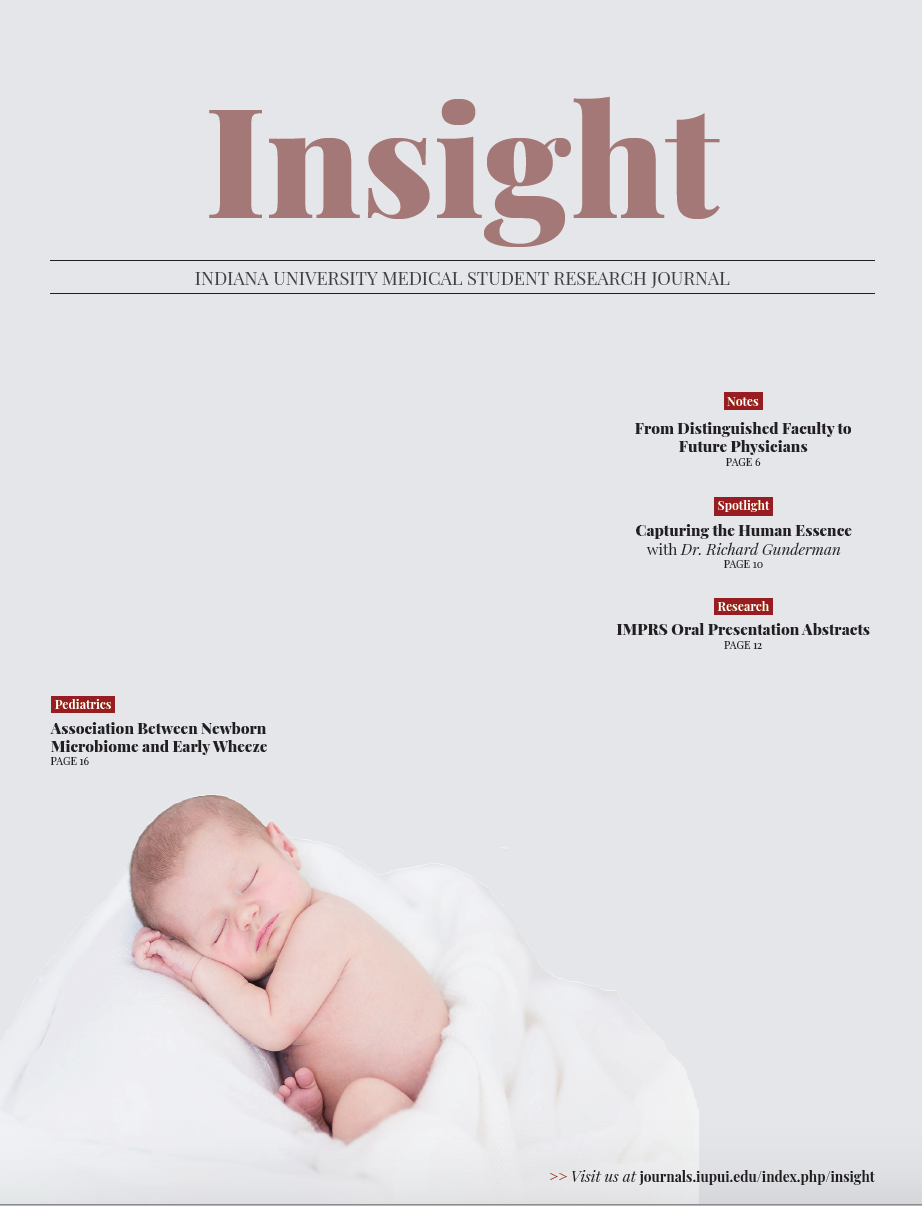Autism and ADHD in NF1: Insights from a Mouse Model
Abstract
Background and Hypothesis: Children with Neurofibromatosis type 1 (NF1) suffer from a significantly higher incidence of ADHD and Autism. Deletion of a single Nf1 allele (Nf1+/-) in mice is a well-established model of NF1 that recapitulates the peripheral tumors phenotype. We have shown that Nf1+/- mice demonstrate autism-like social and communication deficits and that increased activation of the Ras pathway in the basolateral amygdala (BLA) causes social deficits. We hypothesized that Nf1+/- mice will exhibit ADHD-like behaviors.
Experimental Design: To further test the role of BLA, we activated this region in WT mice or inhibited the BLA of Nf1+/- mice through optogenetic stimulation following acquisition of a social memory in the social preference test. Dual immunofluorescence was then used to map pERK activation and GFP expression in the BLA. In a second experiment, we examined impulsive choice in WT and Nf1+/- mice using a delayed discounting task.
Results: Long-term memory of WT mice was disrupted after optogenetic BLA stimulation and pERK expression in the BLA was increased in Experiment 1. In contrast, BLA inhibition of Nf1+/- mice did not rescue social learning deficits. In Experiment 2, Nf1+/- mice choose a higher percentage of smaller rewards when a 10 s and 20 s delay was administered compared to WT mice, suggesting Nf1+/- mice are more impulsive.
Conclusion and Potential Impact: These data provide the first genetic mouse model to study ADHD symptoms in NF1 patients and shed further light on the CNS pathways regulating autism-like deficits.
Downloads
Published
Issue
Section
License
Copyright to works published in Insight is retained by the author(s).

